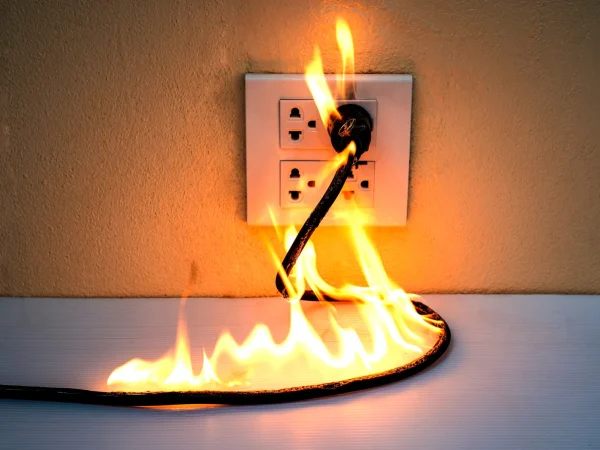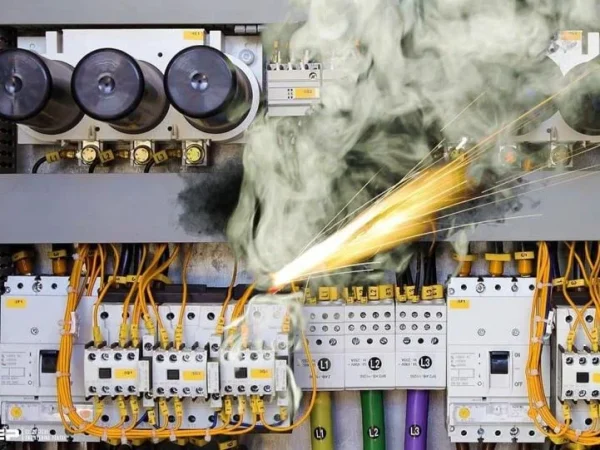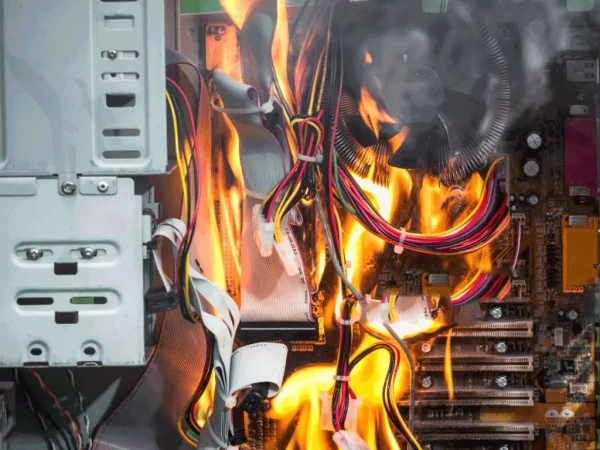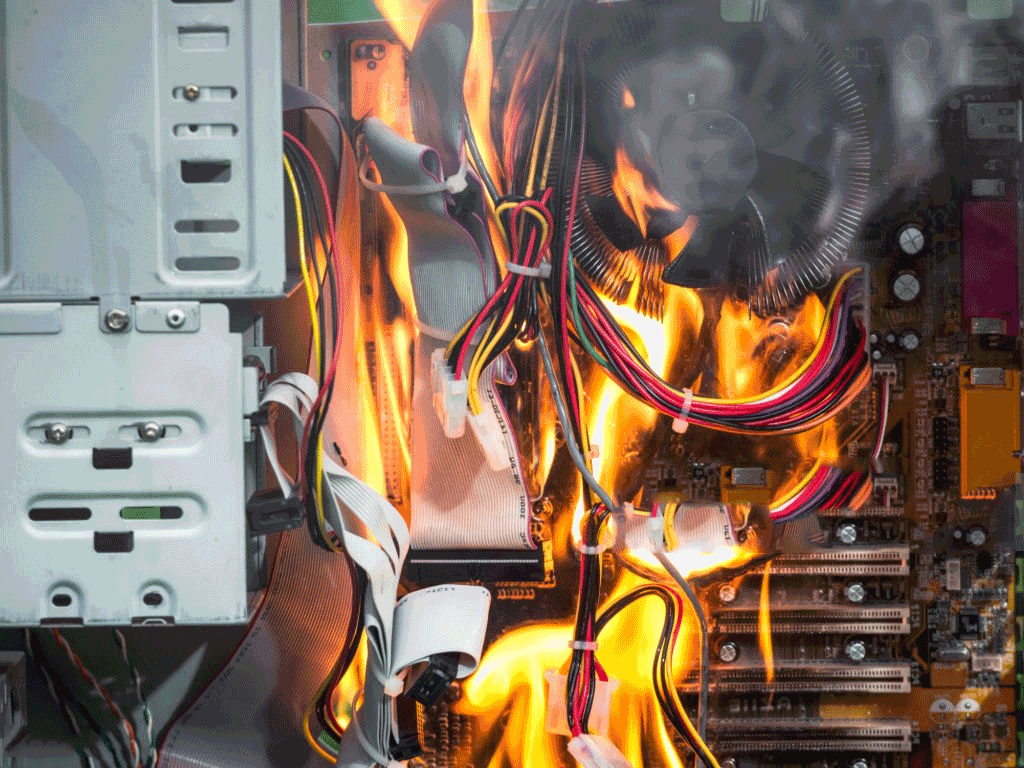
A short circuit analysis is essential for evaluating fault conditions in electrical systems. Short circuits, which can occur due to insulation failure, flashover of lines, or external factors like lightning, lead to heavy fault currents that could damage equipment. This study ensures system components are rated to handle fault conditions and that protective devices like circuit breakers and fuses can safely disconnect faulty parts to protect the entire power system.
Conducting a short circuit study helps to ensure that all system components are designed to withstand potential fault currents. It also ensures that protective devices such as circuit breakers and fuses are correctly rated and positioned to disconnect faulty components from the rest of the system, minimizing the risk of damage and downtime. Short circuit studies are vital for maintaining the overall safety and reliability of power systems, from industrial applications to electrical grids.




